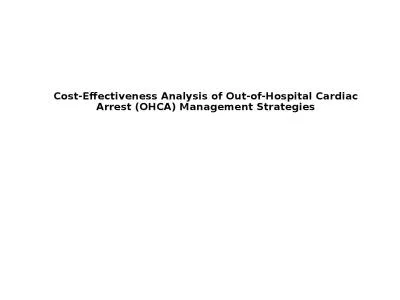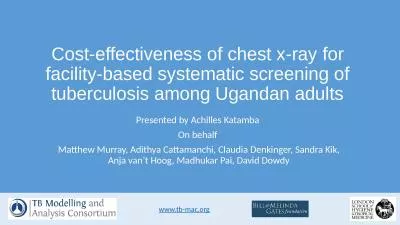PPT-This Presentation addresses the effectiveness of two diagno
Author : calandra-battersby | Published Date : 2017-05-07
By Nathan Griswold PICO Question Addressed Are Is Electrocardiograms ECGs more accurate in diagnosing Acute myocardial infarctions MIs compared with blood tests
Presentation Embed Code
Download Presentation
Download Presentation The PPT/PDF document "This Presentation addresses the effectiv..." is the property of its rightful owner. Permission is granted to download and print the materials on this website for personal, non-commercial use only, and to display it on your personal computer provided you do not modify the materials and that you retain all copyright notices contained in the materials. By downloading content from our website, you accept the terms of this agreement.
This Presentation addresses the effectiveness of two diagno: Transcript
Download Rules Of Document
"This Presentation addresses the effectiveness of two diagno"The content belongs to its owner. You may download and print it for personal use, without modification, and keep all copyright notices. By downloading, you agree to these terms.
Related Documents














